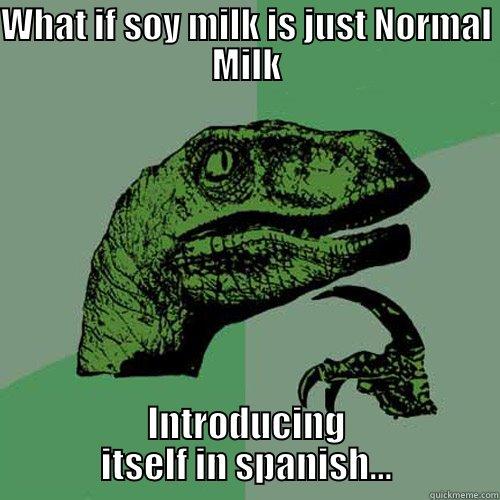Hello everyone! I hope you are all enjoying this crazy awesome weather. If the font for these posts is too small to see from your seat, leave a comment and I'll change the font size for next time (or your can use the "zoom" tool back on my computer).
For today's lesson I'd like to review what we covered in 5-1.
First, we learned how to find the Least Common Multiple (LCM) of two numbers, either using the listing method or using prime factorization. Let's review the prime factorization method:
First, find the prime factorization of the two numbers:
8 18
2 x 4 2 x 9
2 x 2 x 2
2 x 3 x 3
Our prime factorizations are at the bottom. Now, we need to multiply all of the bottom "tree" numbers together, using the matches ONLY ONCE. Our only match between the two tree bottoms is a pair of twos (in red), so we use it only once, and then bring all the other numbers down to multiply:
2 x 2 x 2 x 3 x 3 =
72
The LCM of 8 and 18 is 72.
Let's try it with three numbers. Find the LCM of 6, 14, and 28 using prime factorization:
First, find the prime factorization of all three numbers (I'm going to skip the whole tree and go straight to the answers we'd have at the bottom):
6 14 28
2 x 3
2 x
7 2 x 2 x
7
We have a matching 2 for all three trees, so we use it once. We also have a match of 7 between 14 and 28, so we use it only once. Then, we multiply those with all of the leftover, non-matching numbers:
2 x
7 x 3 x 2 = 84. The LCM of 6, 14, and 28 is 84.
Okay, everyone take a two-minute brain break by using Squidward hands to greet the people next to you and ask them how their day has been.
Now. What on earth does all this LCM stuff have to do with fractions? Remember, in ancient times (a couple of days ago) when we had to compare fractions, that we used the LCM to turn fractions with different denominators into fractions with the same denominators. (Because you can't compare two fractions that have different denominators.) Kinda like giving them the same last name, or putting them into the same "family."
In order to compare fractions with unlike denominators, you must:
1) Find the LCM of the denominators (now called the Least Common Denominator).
2) Convert the original fractions into equivalent fractions with the Least Common Denominator.
3) Compare the numerators, and voila!
Let's walk through an example using these steps:
Which is greater, 2/3 or 7/8? (Sorry about the sideways fractions!)
1) Find the LCM of the denominators:
3 8
3 2 x 2 x 2
We have no matches, so we multiply everything together: 3 x 2 x 2 x 2 = 24. This is now the Least Common Denominator we're looking for.
2) Convert the original fractions into equivalent fractions with the Least Common Denominator.
That means we need to change 2/3 and 7/8 into fractions that have 24 at the bottom.
2/3 = ?/24 --- First, figure out how we can get from 3 to 24. Once we realize we multiply by 8, we must do the same thing to the numerator. Our new fraction is 16/24.
7/8 = ?/24 --- How do we get from 8 to 24? We multiply by 3. Do the same thing to the top for our new fraction: 21/24.
3) Now we can finally compare the two fractions by simply looking at the numerator. Which is bigger, 16/24 or 21/24?
We know that 21/24 is bigger. Therefore,
7/8 is greater than 2/3.
And now, Mathlings, we are fully equipped to compare fractions and to list them in order from least to greatest, even if they have different denominators. Let's do one more exercise to practice all this stuff:
Classwork: pg. 760, 1 - 8. Please use the prime factorization method for finding the LCM. We will check answers tomorrow (or, if everyone finishes in class, check answers together with Mrs. Croskey).
Roscoe says, "Have a superawesometerrific Thursday!"











































